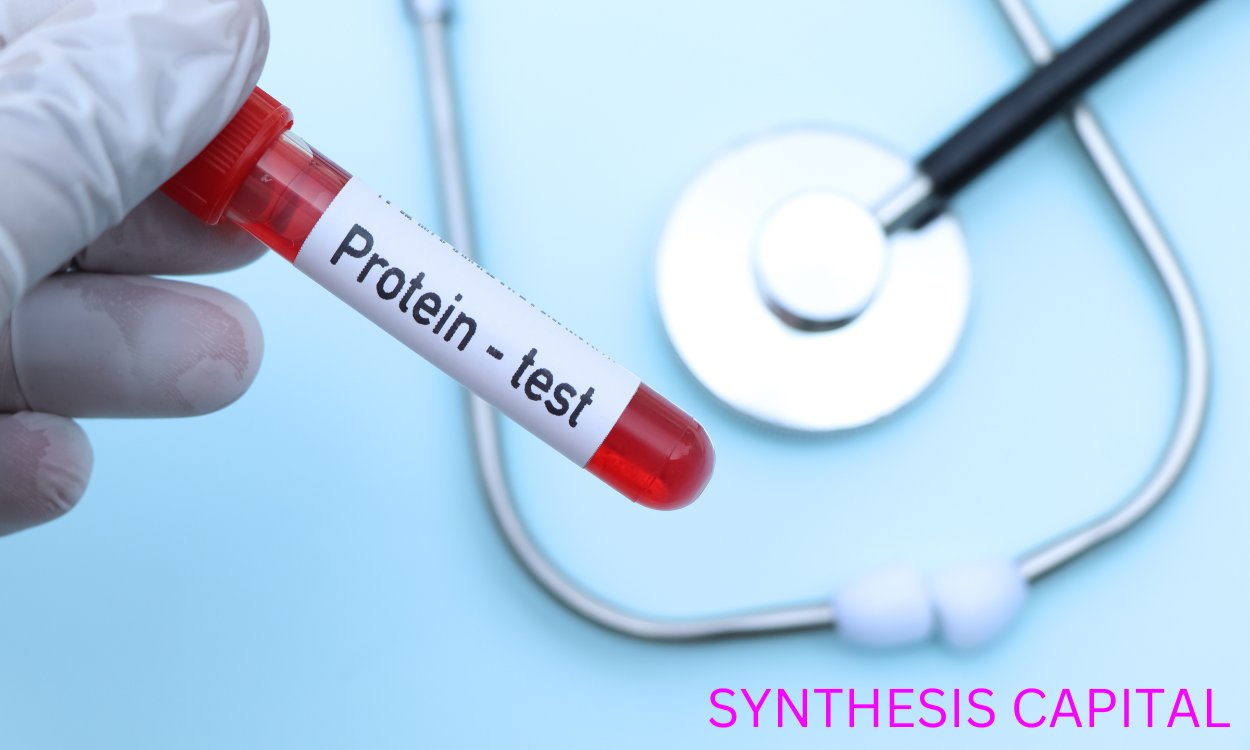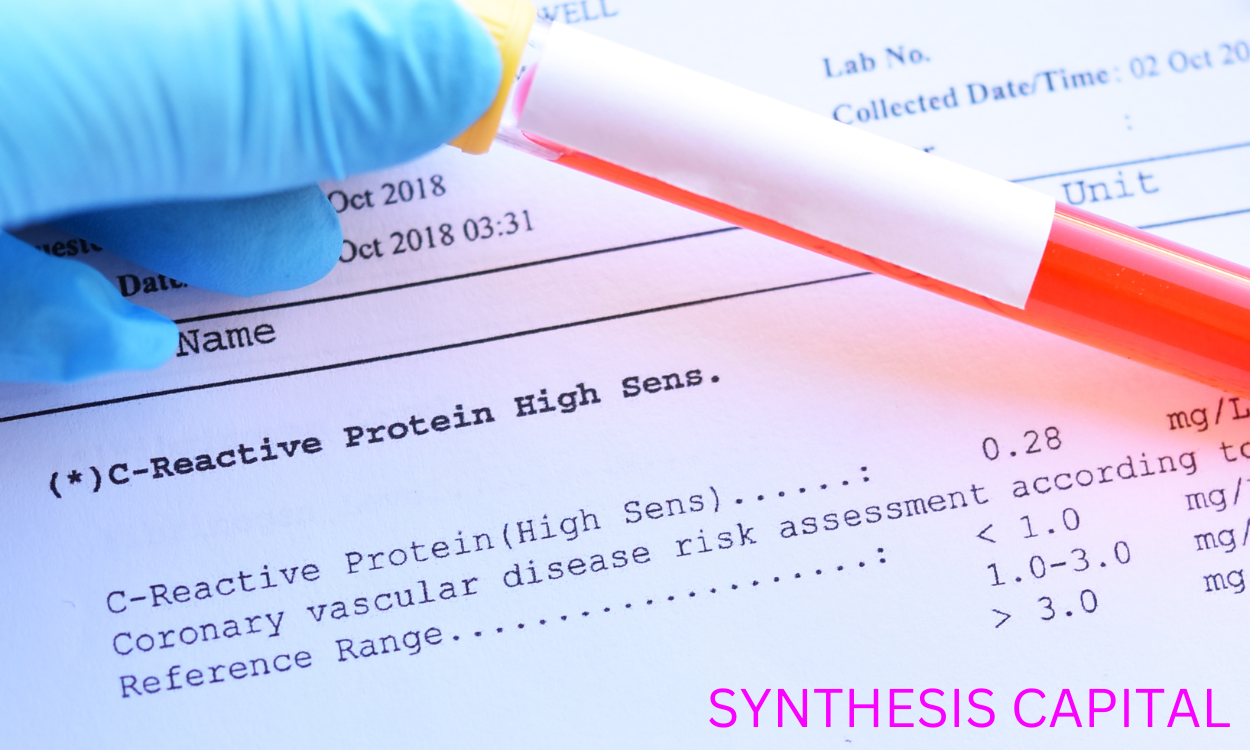Glycoproteins are an essential class of biomolecules that play critical roles in various cellular processes, including cell signaling, immune response, and protein folding. The involves a highly intricate and coordinated process that requires the concerted effort of multiple enzymes and molecular chaperones. This process begins with the synthesis of the protein backbone, followed by the addition of carbohydrates in a stepwise manner through the actions of glycosyltransferases and glycosidases. The resulting glycoprotein structure is crucial for its function and stability, making the study of glycoprotein biosynthesis a fundamental area of research in biochemistry and molecular biology.
Key Enzymes in Glycoprotein Biosynthesis
The key enzymes involved in glycoprotein biosynthesis include N-acetylglucosaminyltransferases, alpha-mannosidase, and sialyltransferases. N-acetylglucosaminyltransferases are responsible for adding N-acetylglucosamine residues to the growing oligosaccharide chain, alpha-mannosidase trims the mannose residues on the oligosaccharide chain, and sialyltransferases add sialic acid residues to the chain. These enzymes work together to modify the glycan structure of glycoproteins, which is crucial for their proper folding, stability, and function within cells.

How is the process of glycosylation regulated within cells?
The process of glycosylation within cells is regulated through a complex network of enzymes, chaperones, and signaling pathways. One key regulator is the enzyme oligosaccharyltransferase (OST), which catalyzes the transfer of preassembled oligosaccharides onto target proteins in the endoplasmic reticulum. Additionally, various glycosyltransferases and glycosidases further modify these glycoproteins in the Golgi apparatus, ensuring proper glycan structure and function. The presence of lectins and molecular chaperones helps guide glycoprotein folding and trafficking, while cellular signaling pathways can influence glycosylation patterns in response to external stimuli or stress conditions. Overall, precise regulation of glycosylation is essential for maintaining cellular homeostasis and proper functioning of glycoproteins in diverse biological processes.
What role do glycoproteins play in cellular function and signaling pathways?
Glycoproteins play a crucial role in cellular function and signaling pathways by serving as key components in cell-to-cell communication, receptor recognition, and immune response regulation. These complex molecules consist of proteins with attached carbohydrate chains that can modify protein structure, stability, and function. Glycoproteins are essential for proper protein folding, trafficking, and localization within the cell, as well as for mediating interactions between cells and their environment through binding to specific receptors or antigens. Additionally, glycoproteins are involved in modulating signaling cascades that regulate various cellular processes such as growth, differentiation, and immune responses, making them indispensable for overall cellular health and function.
How do mutations in genes related to glycoprotein biosynthesis impact human health?
Mutations in genes related to glycoprotein biosynthesis can have significant impacts on human health as glycoproteins play crucial roles in various biological processes such as cell signaling, immune response, and protein folding. When mutations occur in these genes, it can lead to the production of abnormal glycoproteins that may not function properly, disrupting important cellular functions. This can result in a wide range of health issues including developmental disorders, immune system deficiencies, and increased susceptibility to diseases. Additionally, mutations in glycoprotein biosynthesis genes have been linked to certain types of cancer, highlighting the importance of understanding and studying these genetic variations for potential therapeutic interventions.
What are the different types of sugar molecules that can be added to proteins during glycosylation?
There are two main types of sugar molecules that can be added to proteins during glycosylation: N-linked and O-linked glycans. N-linked glycans are attached to the nitrogen atom of asparagine residues, while O-linked glycans are linked to the oxygen atom of serine or threonine residues. These sugar molecules play crucial roles in protein folding, stability, localization, and function, and their addition is tightly regulated by a complex enzymatic process involving various glycosyltransferases and glycosidases. Additionally, aberrant glycosylation has been implicated in numerous diseases, highlighting the importance of understanding the different types of sugar molecules involved in this post-translational modification.

How do cells ensure the correct folding and trafficking of newly synthesized glycoproteins?
Cells ensure the correct folding and trafficking of newly synthesized glycoproteins through a series of intricate processes. First, chaperone proteins assist in the proper folding of the glycoprotein as it is being synthesized in the endoplasmic reticulum. Once folded, the glycoprotein is then modified by the addition of sugar molecules, a process known as glycosylation. This modification helps to stabilize the protein structure and can also serve as a signal for its correct trafficking within the cell. Quality control mechanisms in the endoplasmic reticulum monitor the folding and glycosylation of the glycoprotein, detecting any misfolded or improperly modified proteins and targeting them for degradation. Finally, correctly folded and glycosylated glycoproteins are transported to their final destination within the cell or secreted outside of the cell through vesicle-mediated trafficking pathways.
Are there any known inhibitors of glycoprotein biosynthesis that could be used for therapeutic purposes?
Several inhibitors of glycoprotein biosynthesis have been identified and studied for their potential therapeutic applications. These inhibitors target different enzymes and pathways involved in the synthesis of glycoproteins, such as glycosyltransferases and glycosidases. By disrupting glycoprotein biosynthesis, these inhibitors can potentially be utilized to treat various diseases and conditions, including cancer, viral infections, and inflammatory disorders. Further research is needed to better understand the specific mechanisms of action and potential side effects of these inhibitors before they can be effectively utilized in clinical settings.
Exploring the Impact of Glycosylation Patterns on Protein Stability and Molecular Interactions
The glycosylation pattern of a protein plays a crucial role in determining its stability and interactions with other molecules. The addition of sugar molecules to specific sites on a protein can influence its folding, conformation, and overall structural integrity. This, in turn, can affect the protein's ability to interact with other proteins, enzymes, or receptors. Additionally, glycosylation can act as a signal for various cellular processes, such as protein trafficking, sorting, and degradation, further impacting the protein's stability and functional properties. Overall, the glycosylation pattern of a protein serves as a key determinant of its stability and interactions within the complex network of molecular pathways in a cell.
The Intricate Process of Glycoprotein Biosynthesis
1. Glycoproteins are proteins that have sugar molecules attached to them.

2. Biosynthesis of glycoproteins involves the synthesis and assembly of protein and sugar components.
3. The process begins in the endoplasmic reticulum, where the protein component is synthesized.
4. Sugar molecules are added to the protein in the Golgi apparatus through a series of enzymatic reactions.